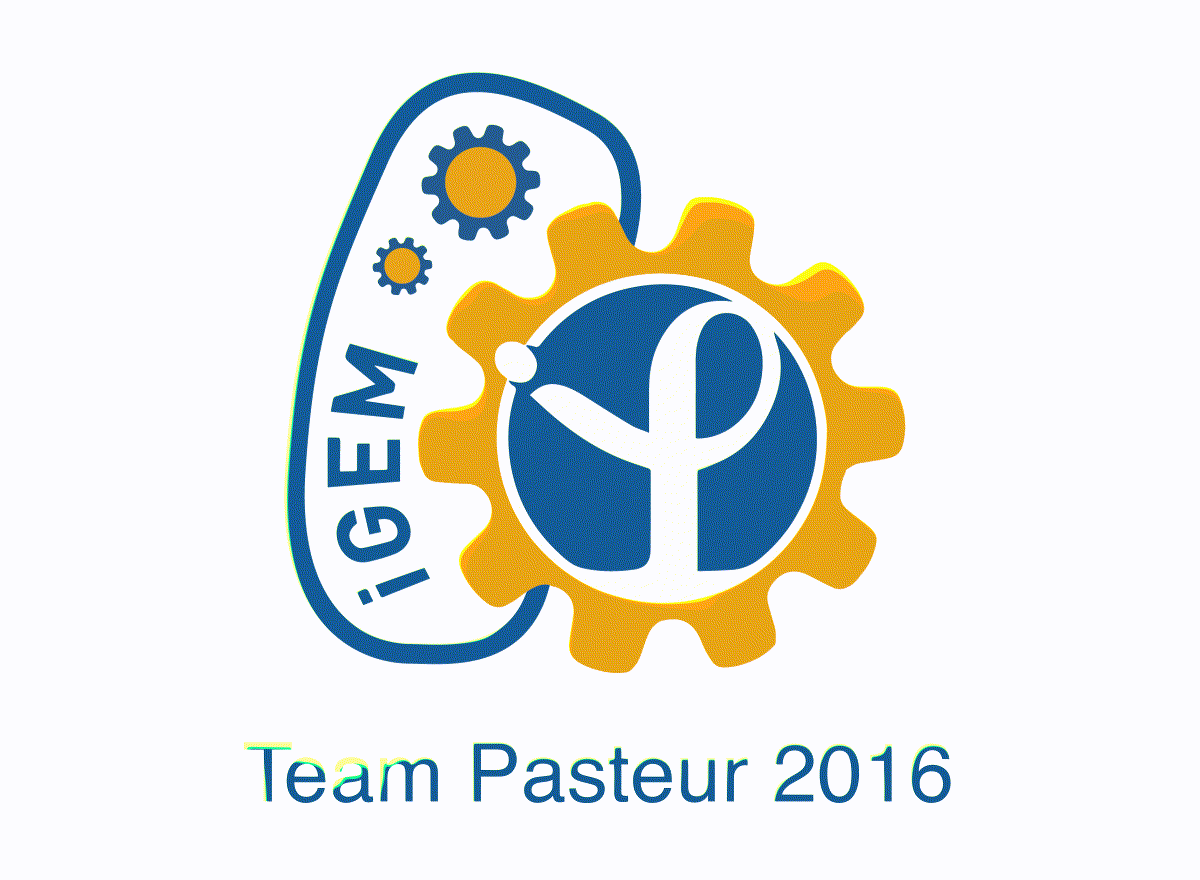| (7 intermediate revisions by 2 users not shown) | |||
| Line 476: | Line 476: | ||
transform: scale(1.2); | transform: scale(1.2); | ||
box-shadow: 0 0 65px #f0d321 inset, 0 0 20px #f3db4d inset, 0 0 15px #f9eda6; | box-shadow: 0 0 65px #f0d321 inset, 0 0 20px #f3db4d inset, 0 0 15px #f9eda6; | ||
| + | } | ||
| + | |||
| + | |||
| + | .text3 { | ||
| + | width : 60%; | ||
| + | margin-top:2%; | ||
| + | margin-left:0%; | ||
| + | display : inline-block; | ||
| + | line-height : normal; | ||
| + | text-align: justify; | ||
| + | color:#333; | ||
| + | |||
} | } | ||
</style> | </style> | ||
| Line 519: | Line 531: | ||
<div class="slider"> | <div class="slider"> | ||
<figure> | <figure> | ||
| − | <img src="https://static.igem.org/mediawiki/2016/ | + | <img src="https://static.igem.org/mediawiki/2016/8/8a/T--Pasteur_Paris--Arbovirus_map.png" alt="" width="640" height="310" /><figcaption> The global distribution of arboviruses. </figure><!-- |
--><figure> | --><figure> | ||
| − | <img src="https://static.igem.org/mediawiki/2016/ | + | <img src="https://static.igem.org/mediawiki/2016/d/dc/T--Pasteur_Paris--INSECTICIDES.jpg" alt="" width="640" height="310" /><figcaption> The massive use of insecticides causes resistance in mosquitoes.</figcaption> |
</figure><!-- | </figure><!-- | ||
--><figure> | --><figure> | ||
| − | <img src="https://static.igem.org/mediawiki/2016/ | + | <img src="https://static.igem.org/mediawiki/2016/f/f0/T--Pasteur_Paris--Team.png" alt="" width="640" height="310" /> |
<figcaption>After many brainstorming sessions and after an exhaustive literature search...</figcaption> | <figcaption>After many brainstorming sessions and after an exhaustive literature search...</figcaption> | ||
</figure><!-- | </figure><!-- | ||
--><figure> | --><figure> | ||
| − | <img src="https://static.igem.org/mediawiki/2016/ | + | <img src="https://static.igem.org/mediawiki/2016/5/5f/T--Pasteur_Paris--Our_project.png" alt="" width="640" height="310" /> |
<figcaption>MOS(KIT)O emerged!! </figcaption> | <figcaption>MOS(KIT)O emerged!! </figcaption> | ||
</figure> | </figure> | ||
| Line 551: | Line 563: | ||
<ul class="ex1"> | <ul class="ex1"> | ||
<div class="multi-column2"> | <div class="multi-column2"> | ||
| − | <FONT size "25px"><p><B>Vector-borne (re) emerging diseases</B> are responsible for severe epidemics worldwide. In most cases, vaccines or treatments are not available, and insecticides are the primary source for vector control. Consequently, <B>over-spraying of insecticides</B> impacts the environment and leads to the selection of insecticide-<B>resistant mosquitoes</B>. Therefore, we developed a novel diagnostic device, <B>Mos(kit)o</B>, that includes a fixed or mobile mosquito trap and a biosilica cellulose composite patch from genetically modified <i>E. coli</i> bacteria. The design of the patch creates a <B>multilayered matrix</B> coated with antibodies able to detect a wide panel of vector-borne pathogens and insecticide-resistant proteins from captured mosquitoes. Additionally, the patch will have 2D barcoded readouts, generating an environmental <B>surveillance database</B>. A precise map of vector hot spots will provide a better assessment and response to vector-borne diseases, assisting local health authorities with <B>anticipating</B> and preparing for an epidemic. Our tool will be <B>user-friendly</B>, <B>safe</B>, and <B>applicable</B>.</p></FONT> | + | <FONT size "25px"><p><B>Vector-borne (re) emerging diseases</B> are responsible for severe epidemics worldwide. In most cases, vaccines or treatments are not available, and insecticides are the primary source for vector control. Consequently, <B>over-spraying of insecticides</B> impacts the environment and leads to the selection of insecticide-<B>resistant mosquitoes</B>. Therefore, we developed a novel diagnostic device, <B>Mos(kit)o</B>, that includes a fixed or mobile mosquito trap and a <B>biosilica cellulose composite patch</B> from genetically modified <i>E. coli</i> bacteria. The design of the patch creates a <B>multilayered matrix</B> coated with antibodies able to detect a wide panel of vector-borne pathogens and insecticide-resistant proteins from captured mosquitoes. Additionally, the patch will have 2D barcoded readouts, generating an environmental <B>surveillance database</B>. A precise map of vector hot spots will provide a better assessment and response to vector-borne diseases, assisting local health authorities with <B>anticipating</B> and preparing for an epidemic. Our tool will be <B>user-friendly</B>, <B>safe</B>, and <B>applicable</B>.</p></FONT> |
</div> | </div> | ||
</ul> | </ul> | ||
</div> | </div> | ||
</section> | </section> | ||
| + | <div class=text3> | ||
| + | <p> | ||
| + | </br></br></br></br> | ||
| + | <B></a>MOS(KIT)O in the press</br> | ||
| + | <a href="http://www.lemonde.fr/sciences/article/2016/11/14/la-biologie-synthetique-fait-son-casting_5030987_1650684.html">Le monde</a></br> | ||
| + | <a href="http://www.makery.info/2016/11/08/ligem-recompense-le-kit-moskito-des-etudiants-pour-linstitut-pasteur/">Makery</a></br> | ||
| + | <a href="http://frenchculture.org/visual-and-performing-arts/news/moskito-wins-four-awards-igem-2016-championship-boston">French embassy in the United States</a></br> | ||
| + | <a href="https://www.france-science.org/iGEM-la-biologie-de-synthese-dans.html">Office for Science & Technology at the Embassy of France in the United States</a></br> | ||
| + | <a href="http://www.di2c.u-psud.fr/evenements/evenement/victoire-des-etudiants-du-m1-pidn-promo-2015-2016-a-la-competition-igem-organisee-a-boston">University of Paris Saclay</a></br> | ||
| + | <a href="http://www.etsl.fr/accueil.html">Laboratory Techniques school</a></br></B> | ||
| + | <B><a href="http://www.pasteur.fr/igem">iGEM at Institut Pasteur</a></B></br></br></br></br> | ||
| + | </p> | ||
| + | </div> | ||
</body> | </body> | ||
</html> | </html> | ||



















